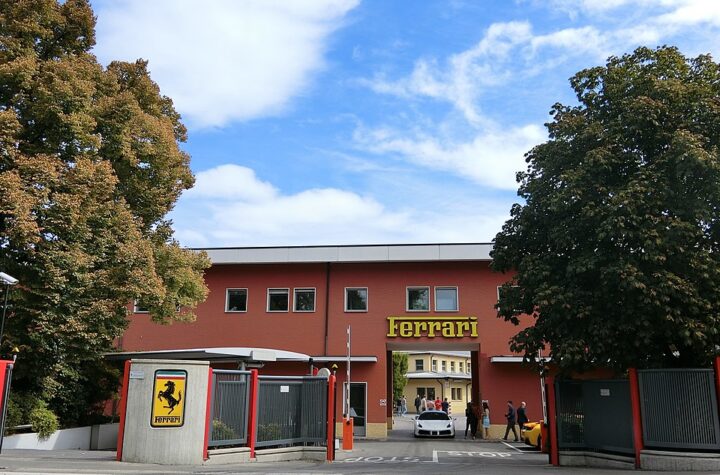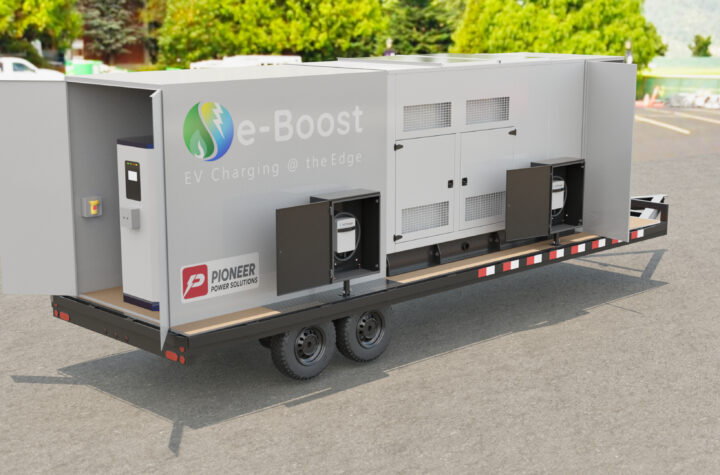
Improved solar control windshields are keeping the interior of cars cooler, which in turn reduces the demand on the air conditioning, and helps bring down interior temperatures faster – all of which makes for a “greener” car by reducing fuel consumption in hot weather.
Dr Volkmar Offermann, marketing director of Saint-Gobain Sekurit International (SGSI) and Dr Ann-Katrin Glüsing, com¬munications manager of SGSI explain the benefits of the new technology in the company’s new CoolCoat technology to Automotive Industries readers: Optimised comfort
“It is an endless cross making good glass,” the glass maker’s maxim says. Good glass is no longer only a protective shield against wind and weather, but today incorporates many additional functions. The trend started with the first mass laminated security glass in 1927, and has continued ever since. Currently, thermal comfort and fuel efficiency are becoming increasingly important for OEMs and consumers. The SGSI products start with green tinted anti-heat glazing in almost all cars, allowing 65% of the heat to enter the car. In comparison to green tinted glass, today’s heat reflecting products achieve a further reduction to 51%. The SGS CoolCoat technology reduced heat transferal to 40%, half as much as today’s heat-reflecting products. Interior cabin temperatures are kept around 5 Kelvin lower than those where standard heat reflective glazing is fitted.
Greater fuel efficiency, less pollution
Advanced solar control glass assists OEMs to meet the challenges of sustainable mobility as legislation in Europe and the US pays more attention to off-cycle fuel consumption. Higher fuel consumption to drive air conditioning systems has been identified as contributor.
Keeping drivers cool.
Generally speaking, heat-reflecting tech¬nologies are based on a multilayer coating on the inner glass of the laminated glass sandwich. The main component of the invisible coatings is thin metal components. Multiple layers act as a mirror for infrared rays, and reflect the heat from the sun directly to the outside. The novelty of CoolCoat compared to existing heat-reflecting technologies is that it lets only 40% of solar heat radiation into the car compared to 65% for a standard green tinted glazing. For the given glass combination the AC fuel consumption can be reduced by 30%.
Heat management test
Even though it is well known that windows have a high influence on heating up a car, very few measurements are available regarding the real benefit in terms of fuel consumption reduction. To demonstrate quantitative results of the fuel consumption reduction with solar control glazing a measurement was carried out in a climate wind tunnel with solar simulation. A standard green glass set and a heat management glazing package were tested with and without air conditioning running (automatic mode, 21°C target temperature). The heat management glazing package consists of a CoolCoat windshield, green glass front door glazing, and dark grey glass behind the B-pillar.
In the test, a sunny summer day was simulated with a solar load of 1000 W/m2, a temperature of 35°C, and a relative humidity of 40%. The driving cycle included a pre-conditioning phase, a heating up phase, the NEDC, and a supplementary stationary cycle, which was performed three times. During the test, the fuel consumption is determined with an external fuel tank. Temperatures were recorded at various positions inside the cabin and the motor compartment.
Compared to standard green glazing, the results show a significant decrease of the fuel consumption of the air-conditioning system if a CoolCoat windshield in combination with dark tinted glazing behind the B-pillar is combined. Thanks to the glazing the AC fuel consumption can be reduced by 30% for the given design of experiments. For the NEDC cycle a saving of 0.7 l /100 km is measured, which is equivalent to 19.1 g CO2/km. Even more the saving for an urban tour enhances up to 1.3 l/100 km or 35 g CO2/km.
To complete the test results the average benefit of such glazing in Europe over the full year were calculated. The calculations show that for an annual EU average the heat management glazing car set provides a reduction of the vehicle’s CO2 emission by 3.8g CO2 /km. For the specific car geometry used, 1.6 g CO2/km of this reduction is attributed to the SGS CoolCoat windscreen.
CoolCoat can reduce the temperature of the instrument panel during the heat-up phase by 12 Kelvin, which has a very positive impact on the subjective comfort perception. Direct sun radiation onto the driver’s arms and legs is also strongly reduced.
Conclusion
Driver and passengers benefit from the CoolCoat technology as cars become more and more like living spaces. The feeling of well-being in this mobile living space is highly influenced by the glazing, which contributes to the positive notion of openness, and can also enhance comfort through advanced solar control functions. CoolCoat windshields or heat management glass packages combined with CoolCoat and dark tinted glazing lower the temperature of the instrument panel by 12 Kelvin after parking in summer conditions. This means that the air conditioning can bring the temperature down to more comfortable conditions 30% faster. Finally, with a SGS CoolCoat windshield and dark tinted glazing, the fuel consumption of the air conditioning system can be reduced by approximately 30%, which results for the tested vehicle in a reduction of CO2 emission by 3.8 g CO2/km on European annual average. As an efficient thermo management tool for future sustainable cars, CoolCoat will be soon essential for cars with conventional combustion engine and for electric cars.














More Stories
Renesas Introduces New MOSFETs with Exceptional Performance
VicOne at CES 2025 Showcases Award-winning Cybersecurity Portfolio and Emphasize Growing Range of Best-of-Breed Partnerships
Pioneer Announces e-Boost Order Valued at $1.3 Million